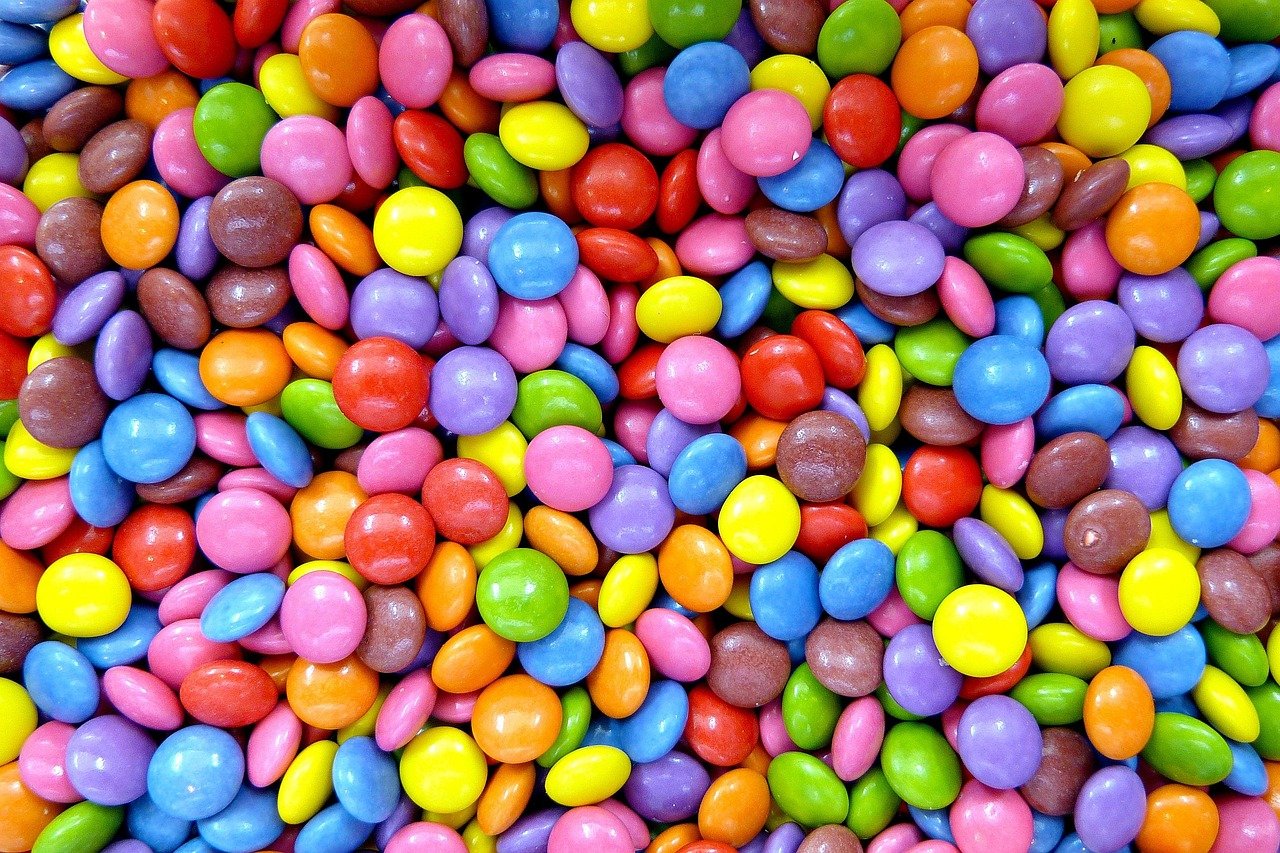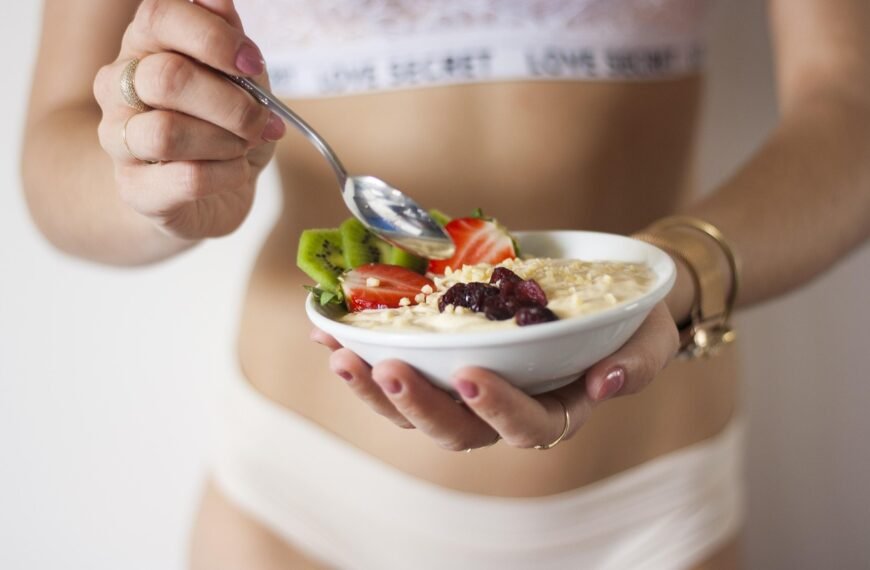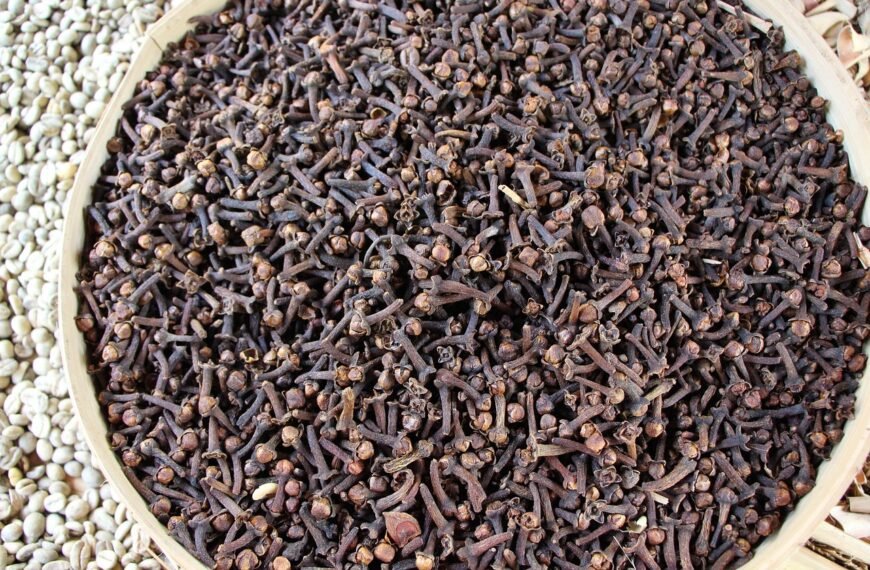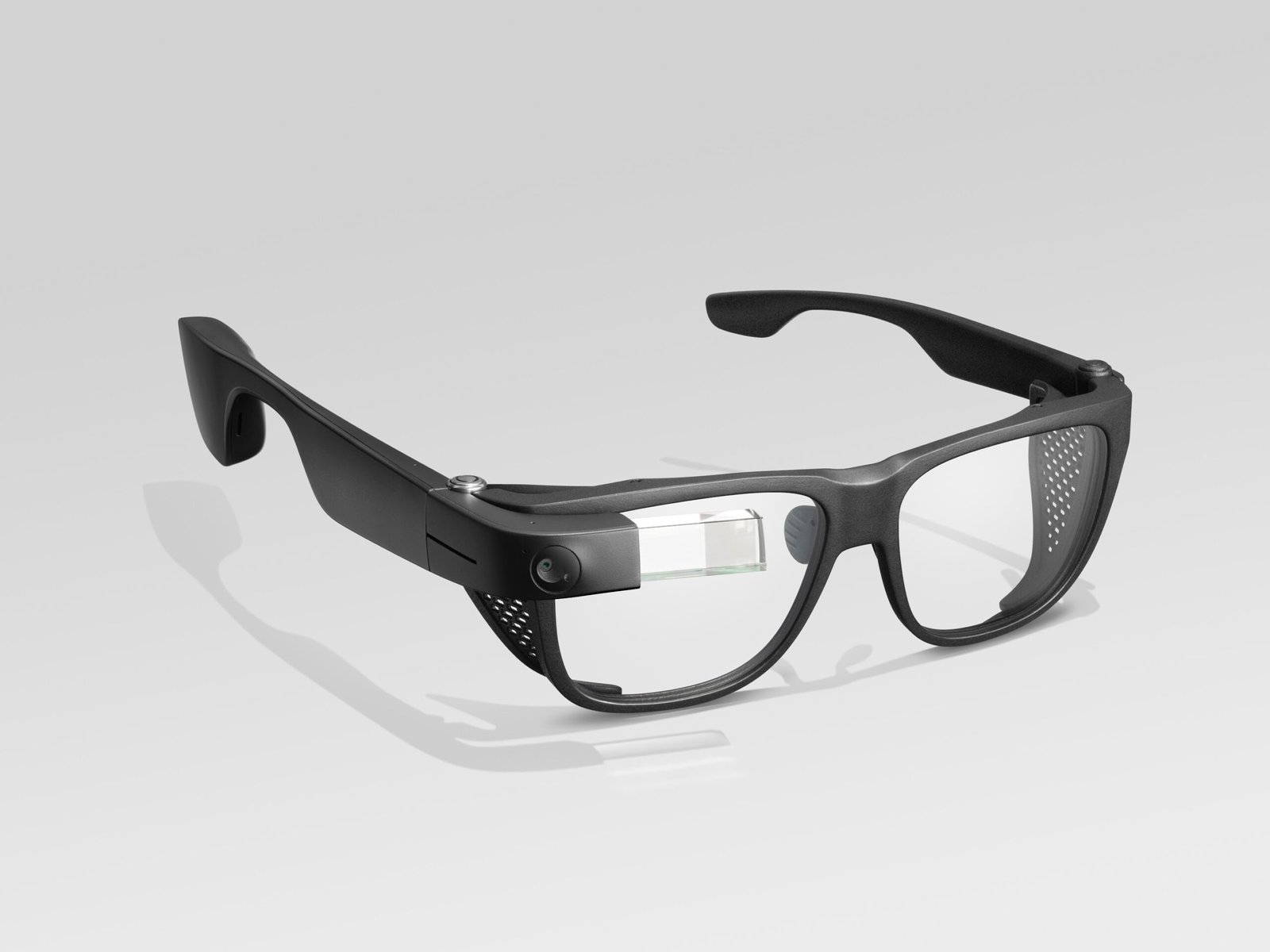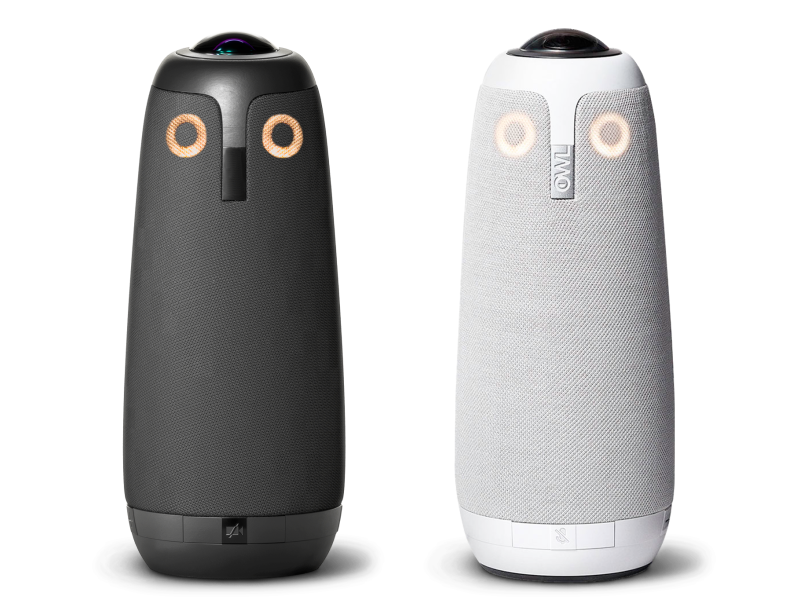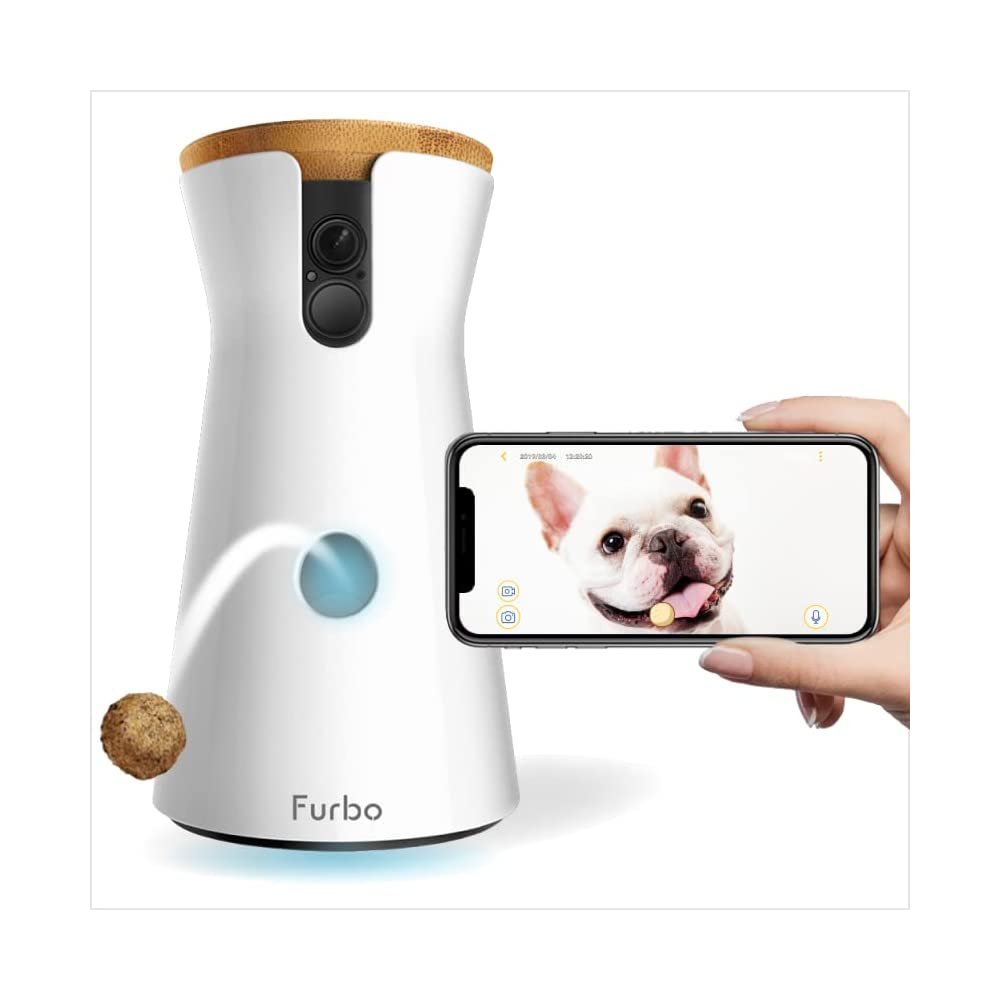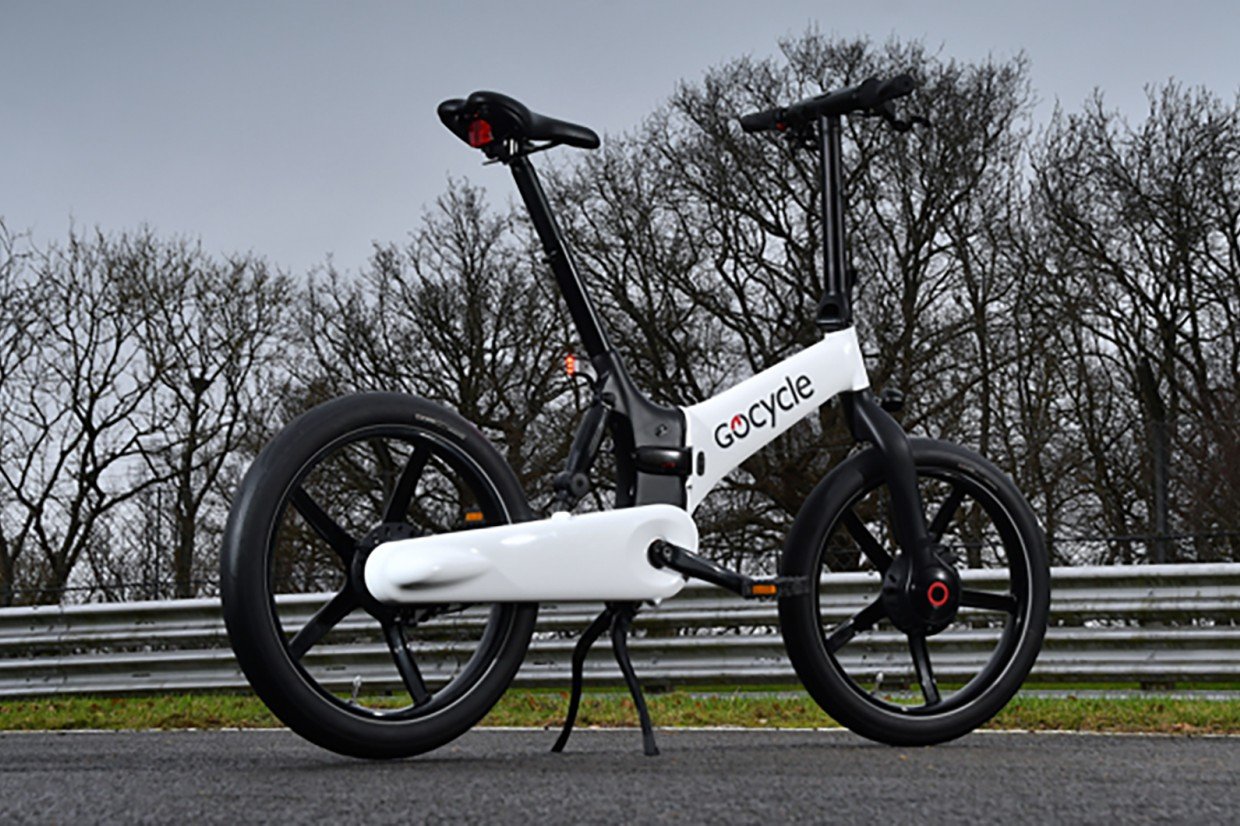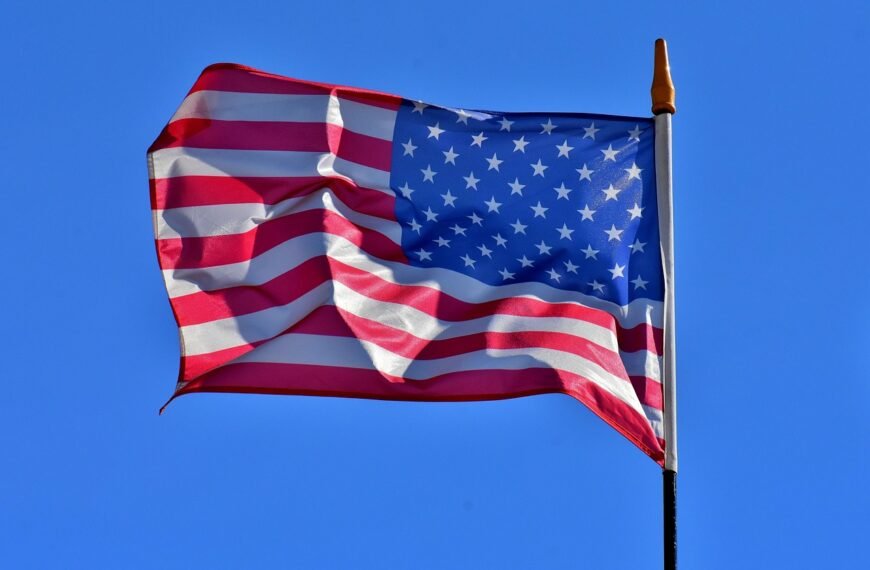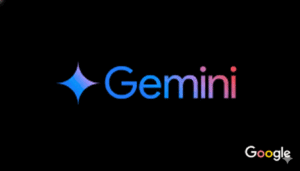As artificial food dyes are being phased out, the food industry is going through a big change. From cereals to candies, food makers are now looking for safe, natural color alternatives. But what are these new colors, and where are they coming from?
Let’s take a closer look at what’s happening in the world of food colors and how companies are adapting to the shift.
Natural Colors Are the Future
A French company, Fermentalg, is turning to nature for answers. They explore all over the world, from volcanoes in the Caribbean to remote areas in New Zealand, searching for microalgae. These tiny water organisms not only help produce oxygen but can also be used in food.
One microalgae, called Galdieria sulphuraria, creates a bright blue pigment known as Galdieria Blue. Fermentalg grows this algae in special conditions to produce the color in large amounts. This natural blue color has already been approved by the US FDA and is expected to hit store shelves next year in food and drink products.
Other natural colors, such as Butterfly Pea Flower (another shade of blue), Gardenia Blue, and Calcium Phosphate (white), are also joining the list of FDA-approved food colorings.
Why Artificial Colors Are Fading Out
The FDA recently banned Red Dye No.3 and announced plans to phase out petroleum – based dyes like Yellow 5 and 6. The goal? To make food safer and healthier, especially for children. This change follows years of concern from parents and health experts about the possible risks of synthetic dyes.
Even before this, Europe had already started phasing out artificial colors. The UK and the EU have had stricter rules for years, pushing food makers to find safer options.
How Natural Colors Are Made
US-based company Sensient is one of the leaders in natural color production. They use crops like carrots and potatoes to make red and purple shades. These are harvested, turned into juice, and processed into color extracts.
However, creating a natural color that’s as bright and stable as artificial ones is no easy task. The challenge is keeping the color vibrant and long-lasting, especially during food processing and storage.
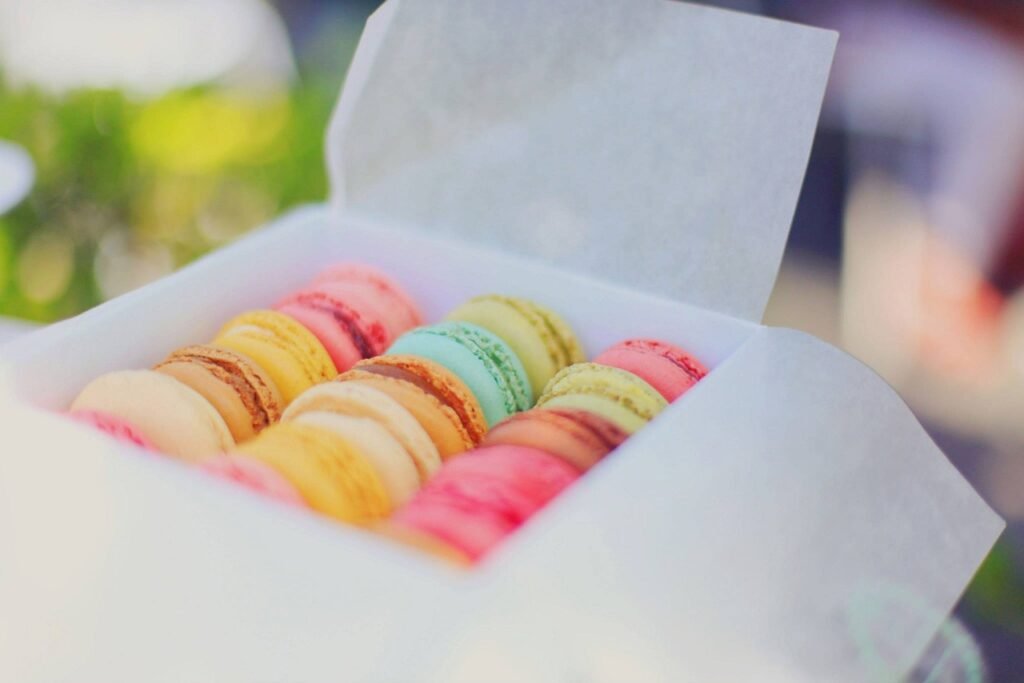
Will Natural Colors Cost More?
Natural colors do cost more to produce, but since they are used in very small amounts, the final cost impact on the product is low. Even a small drop of color goes a long way, much like a nosebleed in a sink – vivid and noticeable!.
Food Brands Are Making the Switch
Big Food brands like Nestle, Kellogg’s, Kraft Heinz, and General Mills are already working on removing artificial dyes. For example, Kellogg’s plans to reformulate school cereals without synthetic colors by 2026. This decision also comes after public protests asking for healthier food options.
But there’s a challenge: natural dyes don’t last as long as synthetic ones. That means food makers need to work fast find stable, natural alternatives that also taste and look good.
What’s Next?
Experts say that even without a full ban, most companies will want to keep up with the trend. If one cereal brand switches to natural colors, competitors are likely to follow quickly. The pressure to keep up with consumer demand is strong.
With just months left before major changes, food makers are racing to test and produce safe, natural, and colorful options. It’s not just about color anymore – it’s about trust, safety, and staying ahead in the market.

